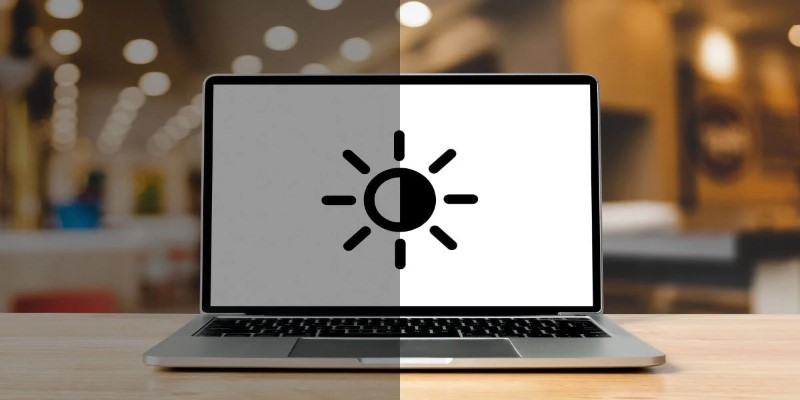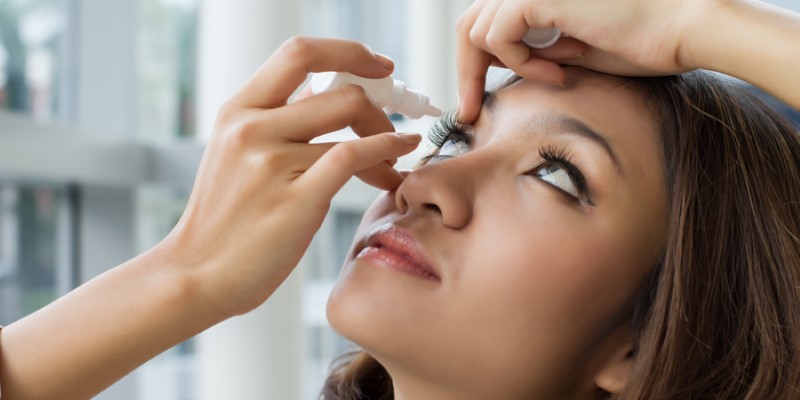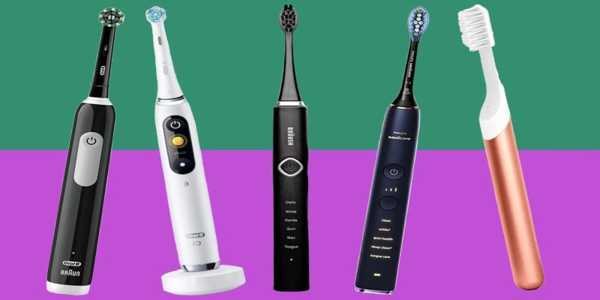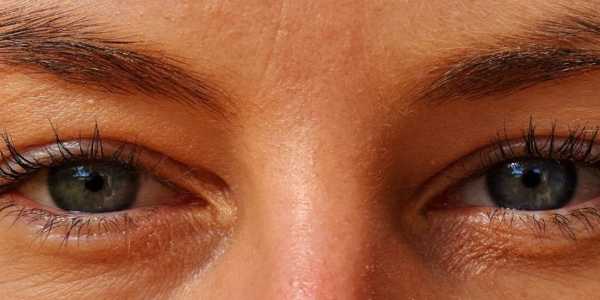Screen Time and Eye Fatigue: Habits That Actually Help
Feel like your eyes are begging for a break by the end of the day? If your screen time has skyrocketed — whether from remote work, scrolling social media, binge-watching shows, or online classes — eye strain might be creeping in without you even realizing it.
But here's the kicker: it's not just the hours in front of screens that matter. It's what you're doing during those hours (and between them) that makes the biggest difference. So, if you're squinting more than usual or rubbing your eyes like you're trying to start a fire, keep reading. These are practical, no-nonsense habits that genuinely work — not just the stuff you've heard a million times and ignored.
What Is Eye Fatigue, Really?
Let's quickly break this down. Eye fatigue — also known as digital eye strain — occurs when your eyes become overworked. It usually feels like dryness, blurry vision, headaches, or even neck pain. Sound familiar?
One major culprit is that screens force our eyes to stay focused at a close distance for long periods. They’re not built for that — evolution didn’t prep us to stare at a glowing box all day. Your eyes like to move, refocus, and take in different lighting and distances.
And with people now spending upwards of 7 hours a day on screens, these symptoms aren’t rare anymore — they’re practically a badge of modern life.
The 20-20-20 Rule: Surprisingly Effective
Yes, it sounds basic. And maybe you’ve even heard of it before. But here’s the thing — it actually works when you do it.
The 20-20-20 rule means: every 20 minutes, look at something 20 feet away for at least 20 seconds. Why does it help? Because it relaxes your eye muscles. Think of it like stretching your legs after sitting for hours. Skipping this step is like staying locked in a squat all day — no thanks.
Tip: Set a reminder every 20 minutes (a gentle notification or even a sticky note) until it becomes second nature.
Adjust Your Screen, Not Just Your Eyes
You don't need to buy expensive equipment to reduce eye strain. Sometimes, it's as simple as tweaking your setup.
Start with these small but game-changing adjustments:
Brightness

Match it to your environment. If your screen glows like a UFO in a dark room, turn it down.
Contrast
Higher contrast usually makes text easier to read.
Positioning
Keep your screen at arm’s length, and make sure the top of the screen is at or slightly below eye level.
Glare
Position your screen away from windows or bright lights that create reflections.
It’s like setting the mood for your eyes — comfortable, not dramatic.
Blink More (Seriously)
When you stare at a screen, you blink less. A lot less. Normally, we blink about 15 to 20 times a minute. But when locked into a Zoom meeting or Netflix episode? That drops to around 5. No wonder your eyes feel like sandpaper.
Blinking naturally moistens your eyes. Less blinking = dry, irritated eyes.
Try this simple habit: every time you hit “Send” or switch tabs, do a few slow, intentional blinks. It sounds silly, but it’s a powerful way to reset eye moisture throughout the day.
Don’t Ignore Blue Light — But Don’t Panic About It Either
Blue light from screens isn’t evil, but it can interfere with sleep and contribute to eye strain in some people. You don’t need to treat it like radiation, but managing it smartly can help.
Some ways to handle blue light exposure:
• Use your device’s Night Shift or Blue Light Filter mode, especially in the evening.
• Try blue light filter glasses if you’re on screens for long hours — they’re not magical, but they can help reduce glare and improve contrast.
• Avoid screens at least an hour before bed if you struggle with falling asleep.
Pro tip: Use warmer color tones after sunset — it’s gentler on your eyes and body clock.
Take Real Breaks — Not Just Phone Breaks
Ever take a break from your computer… only to start scrolling your phone instead? Yeah, that doesn’t count.
Your eyes need real variety. Instead of hopping from one screen to another, do something non-digital during your break:
• Walk around
• Water a plant
• Stretch
• Look out a window
• Make a cup of tea
These mini breaks don’t just help your eyes — they refresh your mind, too.
Hydration and Diet Matter (More Than You’d Think)
Dry eyes aren’t always about screen exposure. Sometimes, it’s about what’s going on in your body. Staying hydrated keeps your tear film (the moisture layer on your eyes) stable.
Also, certain nutrients can support eye health, including:
• Omega-3 fatty acids (found in fish, flaxseed, chia seeds)
• Vitamin A (carrots, sweet potatoes, spinach)
• Lutein and zeaxanthin (kale, corn, egg yolks)
You don’t need to overhaul your whole diet — just sneak in more of these eye-friendly foods throughout the week.
Use Eye Drops — But Choose the Right Ones

If your eyes often feel dry or gritty, artificial tears can help. But not all drops are equal.
Avoid anything with harsh preservatives if you're using them more than a few times a day. Look for:
• “Preservative-free” on the label
• Lubricating drops (not just red-eye reducers)
Note: Don’t rely on drops alone. They’re support tools, not a substitute for good screen habits.
Consider Specialized Lenses If You Wear Glasses
If you already wear glasses, talk to your eye doctor about lenses specifically designed for screen use. They often include anti-reflective coatings and a slight magnification to reduce strain.
And if you’re noticing more squinting or headaches during screen time? You might need an updated prescription — or a new pair tailored for near-distance tasks.
Make Your Screens Work With You, Not Against You
Eye fatigue doesn't mean you need to swear off all screens. (Let's be honest — that's not realistic any more.) But you can build screen time habits that let your eyes breathe a little easier.
Try stacking a few of these small changes — blink breaks, better lighting, real breaks, and smarter setups. Each one may feel small on its own, but together, they create a screen routine your eyes can actually live with.





